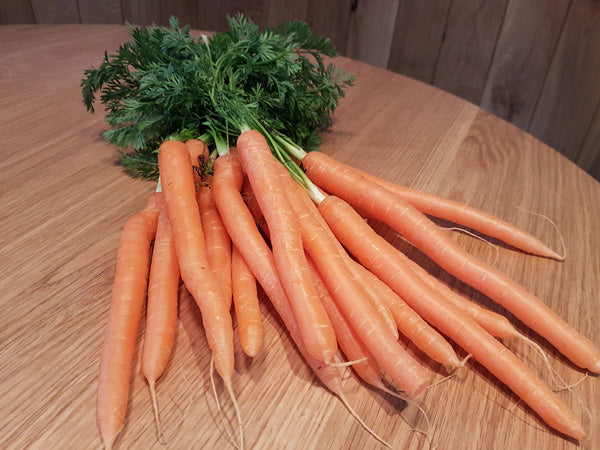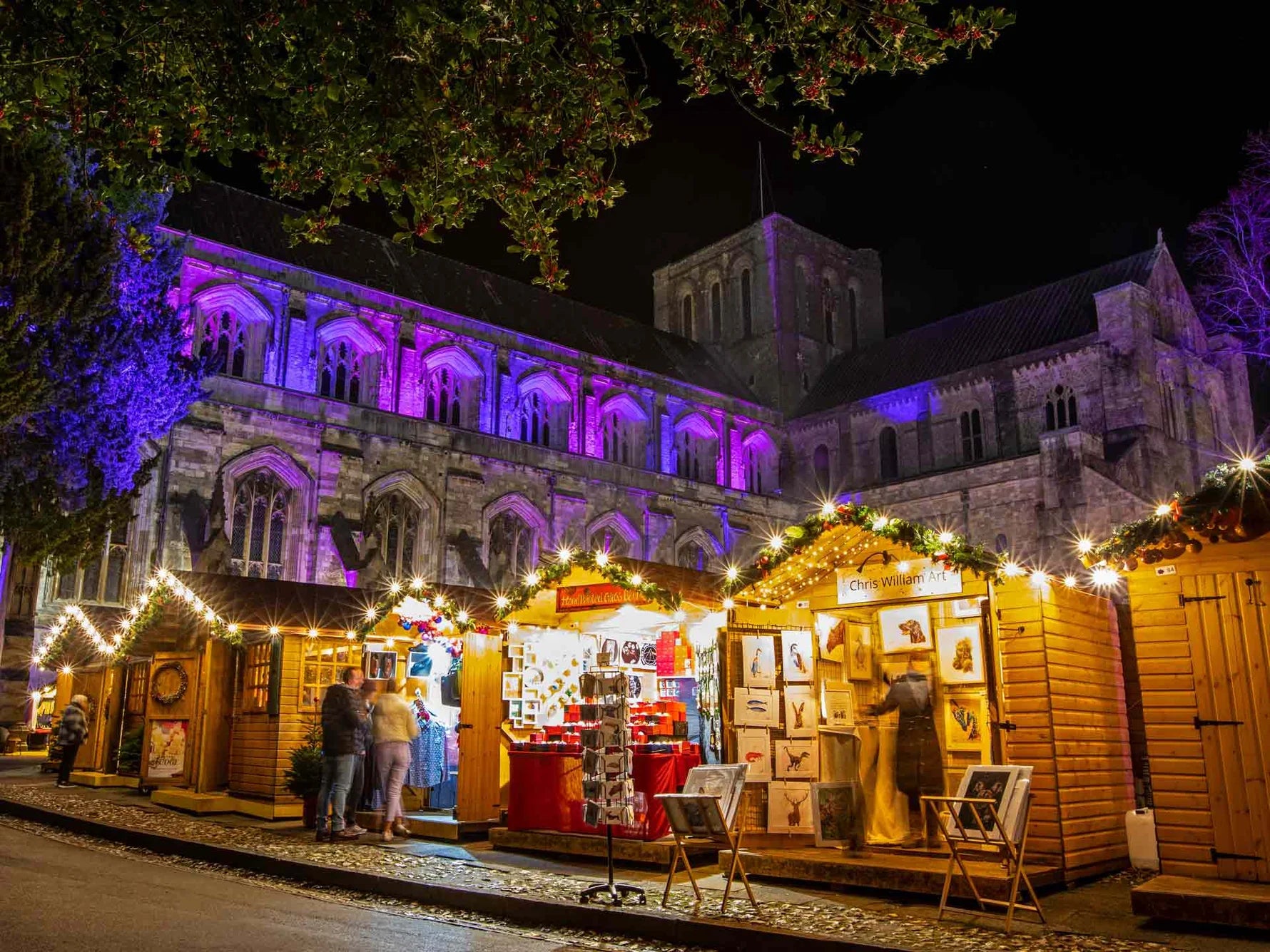Little Explorers: Natural Dyes
- blog-1
- Little Explorers

This week we’ve been thinking about natural dyes. Easy and quick and totally natural! It all came about when we tried to tempt our veggie-resistant three-year-old to eat a ‘Peter Rabbit’ carrot. (So much for all the homemade organic veggie puree he gleefully ate as a baby!)
I had spotted a bunch of gorgeous orange carrots with their lovely green tops at the farmer’s market and it immediately brought Peter Rabbit to mind. I gave a whole one to Littlest (and Pickiest) Explorer, told him it was Peter’s favourite treat, and my goodness, it worked! He munched through the whole carrot and asked for another. Long may it last.

We were left with such a frilly, fragrant, deep green bunch of foliage, I was sure we could do something with it.

It turns out you can eat these tops, but they can be bitter if you don’t blanch them first. You can also make a dye out of them. I found lots of fab pictures of hanks of wool and cotton t-shirts died a luminous greeny-yellow. We boiled up a bunch of these green tops with two tablespoons of vinegar for 15 minutes to create a stinking brown liquid, and dipped some paper in it to see what would happen.

This was not an unmitigated success – our paper turned a sickly shade of yellow and really wasn’t good for much. So, with last week’s mapping expedition in mind, we decided to make an ‘ancient’ treasure map by dyeing paper using tea instead.

Using the ends of a strong pot of tea, we created a dip dye bath in a flat container and left white paper to steep for an hour. When we removed the paper it had turned a convincing shade of faded brown. We carefully singed the edges for extra effect. Aha me hearties!

Expert Explorers: Did you know you can make all sorts of dyes from vegetables? Grate a large beetroot and boil it up with 2 tablespoons of vinegar and 500ml water to make bright pink dye; interchange the beetroot with turmeric to make an eggy yellow; or finely chop a small red cabbage and boil with vinegar and water, plus 1 tsp of bicarbonate of soda to create stunning blue dye. White duck eggs are particularly good for dyeing. Let us know how you get on!



